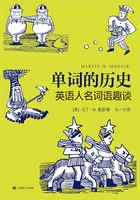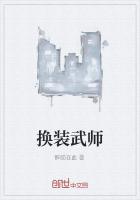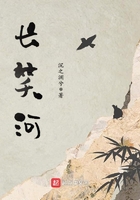As if in answer to his prayers, a great military strategist emerged to provide the King of Wu with the key to his dilemma. This man was Wu Zixu—a former minister of Chu, who had fled to Wu after his father had been killed by the King of Chu. Desperate to avenge his father and escape capture, he traveled down the Yangtze River until he at last arrived in Wu. Because of his bitter enmity towards the Chu king, Wu Zixu was only too willing to assist the State of Wu in their campaign against the Chu.
The Qionglong Mountain recluse, Sun Tzu, had during his time on the mountain struck up a close friendship with Wu Zixu, the exiled Chu minister. Five years later, that same Wu Zixu, when he became the leading minister of the Wu State, had no hesitation in formally recommending Sun Tzu to the king of Wu as a most able candidate for high office. The Qionglong Mountain hermit stepped forward to play a central role in the worldly affairs of men.
The age-old Suzhou City has, since ancient times, enjoyed fame as a paradise on earth, but it is not widely known that the original creator of the paradise is an exile from the State of Chu Wu Zixu. This former general of Chu, who had played a leading role in He Lü’s long march to the throne, even finding the assassin Zhuangzhu, and thus effectively bringing about He Lü’s rise to ultimate power, was appointed to the very highest office by the grateful king. Wu Zixu’s first undertaking as a Minister was to oversee the construction of He Lü City, the city which would eventually become the earthly paradise of Suzhou. Wu Zixu was very much a hands-on city planner: he identified suitable soil as well as tasting the groundwater; he observed the heavenly omens as well as attending to earthly concerns, conducting extensive hydrological and geological surveys of the area.
He had able assistance though. The complex projects to draw water into the city and form an urban chessboard pattern by developing a street system which would run parallel to water channels, was the brainchild of the hermit of Qionglong Mountain, Sun Tzu. At Sun’s suggestion, Wu Zixu ordered the construction of sixteen city gates, eight on land and eight on water, spread out around the circumference of the 23.5-kilometer-long city walls. In those days city walls were a city’s last line of defence, and needed to be constructed with the utmost care and foresight. They needed to complement the local topography and facilitate the twin functions of allowing for incoming and outgoing traffic, while facilitating the city’s security from attack. Today after two and a half millennia have passed, millennia full of the vicissitudes that history and fate bring to all cities under heaven, Suzhou remains in terms of essential location and scale, much as she was designed. She stands as a living testimony to the genius of the two men whose vision and enterprise gave the city life 2,500 years ago: the two immigrants and friends, Wu Zixu and Sun Tzu.
Wu Zixu, like Sun Tzu, came from a renowned military family, which had produced a number of eminent generals and marshals. He was deeply influenced by the highly developed military culture of Chu, and the historical records attest to his flair for battlefield planning and strategy. And so it came to pass, in one of the great coincidences with which history is dotted, that Sun Tzu, from the northern lands of Qi, and Wu Zixu, from the southern lands of Chu, met by chance in the lands of Wu.
It seems clear that Wu Zixu was a major influence on the military tactics of Sun Tzu. Many of the strategies employed by southern armies differed greatly from those favoured in the north. Thus the meeting of these two great minds created a dynamic fusion; a great synergy between northern and southern military tactics, which is encapsulated in Sun Tzu’s The Art of War. Indeed if one delves deeper, there are many passages from The Art of War that reveal the influence exerted on Sun Tzu, not just by Wu Zixu, but also by King He Lü himself who was also a keen student of warcraft.















